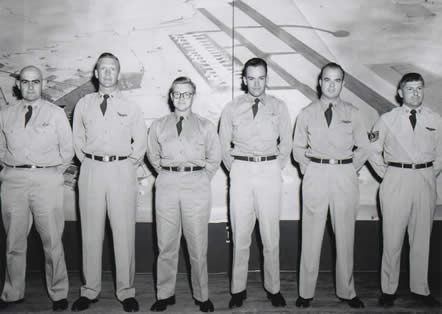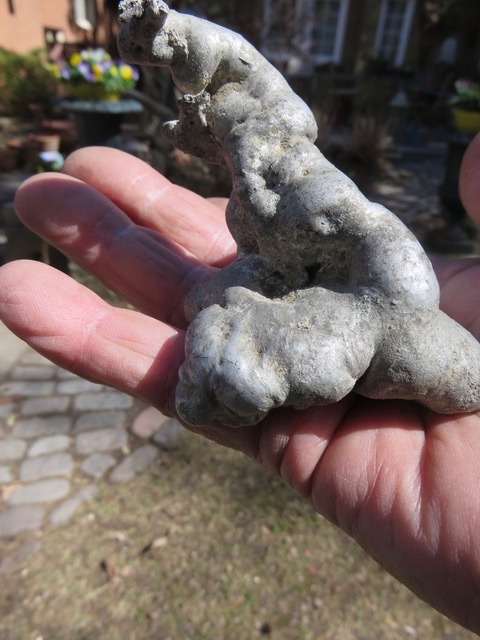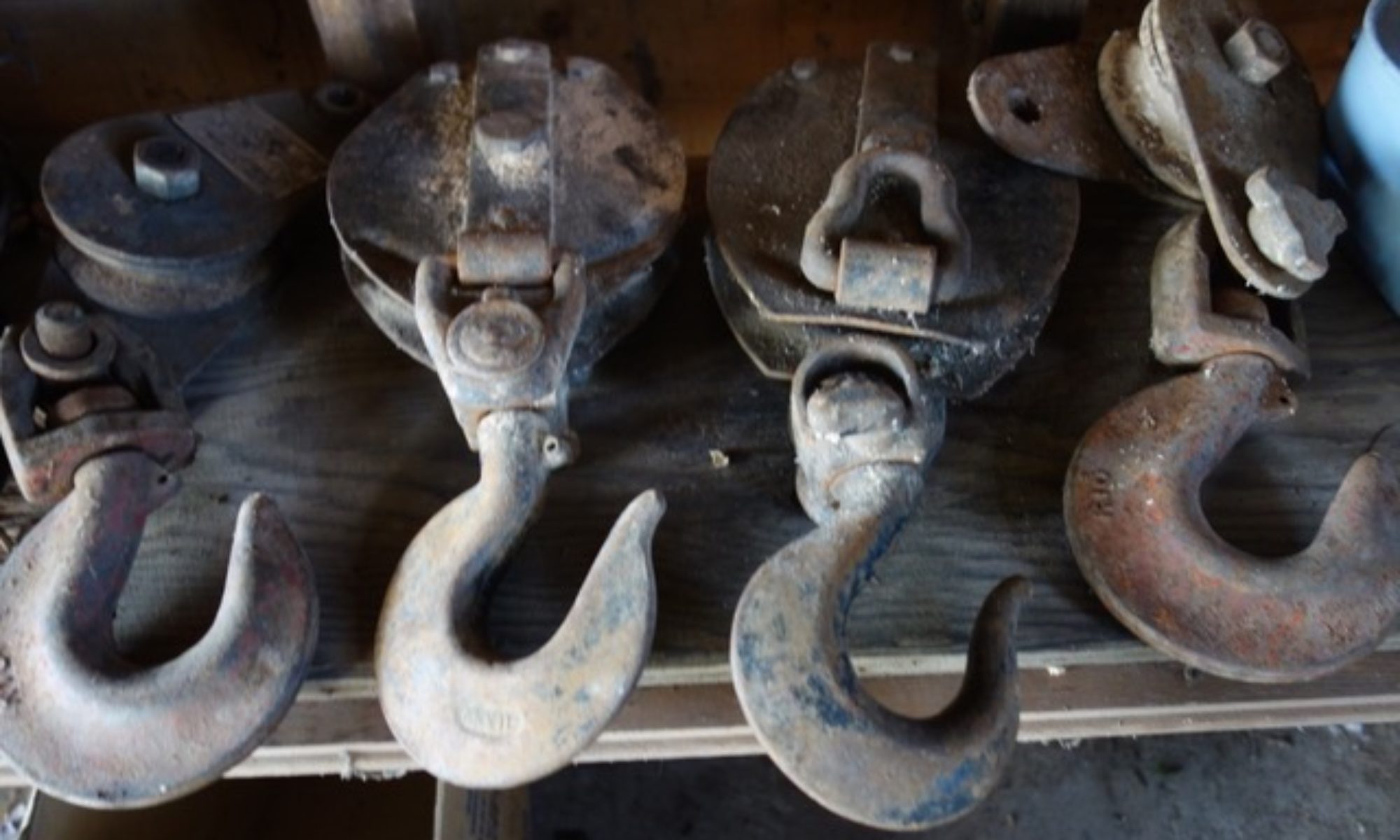EPISODE 698 B 52 STRATEGIC AIR COMMAND NUCLEAR BOMBER CRASH SITE — PERTH ANDOVER, NEW BRUNSWICK
alan skeoch
Dec. 16, 2022
All that remained of a US Air Force B 52 nuclear bomber …
found at the crash site in 1959
WE STUMBLED ONTO THE CRASH SITE OF A B 52 Strategic Air Command bomber
Abul Mousuf and I were doing a seismic survey in 1959 across the Upper St. Joh River Valley when we came
across the site where a B 52 nuclear bomber belonging to Strategic Air Command crashed in
1957. It came down in a small forest after exploding in the air when apparently the pilot panicked
and veered so sharp that the huge plane fell apart and exploded in the air before diving vertically
into the St. John River valley.
I picked up this piece of melted aluminum from the rubble.
It was a strange place. As we did our survey we noticed bits of melted metal in blobs here and
there in the forest. Nothing big. I suppose the clean up crew from Maine took away most of the
remains of the plane and crew. It was a mysterious crash site. Many rumours. Was it sabotage
or pilot error. A debe ensued centre around the lone survivor who managed to bail out. The conclusion
of the investigation was pilot error.
Morrell Siding B-52 Bomber Crash Site
Street Address: Morrell Siding, New Brunswick
At 12:05 p.m. on Friday 10 January 1957, a B-52 intercontinental bomber from the 70th Bomb Squadron, stationed at the Strategic US Air Force Command Base at Loring, Maine, exploded and crashed near Morrill Siding, five miles north of Perth-Andover. Traces of the wreckage can still be found. On board were the six crew members and three instructors. Eight airmen in all were killed, while the co-pilot, Captain Joseph L. Church, miraculously survived, parachuting to safety. The bomber was returning from a routine instrument training mission and was undergoing an exercise designed to test the pilot’s reflexes. The pilot’s vision was partially restricted, most likely by a hood, and then the aircraft was placed in “an unusual position.” The pilot was expected to take the appropriate action to regain control of the aircraft. On this occasion something went drastically wrong. The stress placed on the airframe caused it to break apart and explode. This was the fourth crash of a B-52 in eleven months.

The B-52 bomber crew lost at Morrell Siding on completion of its training at Castle Air Force Base, Merced, CA. Co-Pilot Joseph L. Church escaped while two instructors not pictured additionally lost their lives.
Captain William C. Davidson, Pilot Instructor, age 40, married, buried Hanford, California.
Captain Richard A. Jenkins, Pilot, age 35, married, buried in Huron, Ohio.
Captain John E. McCune, Pilot Instructor, age 31, married, buried Hayward, California.
Captain Marquad H. D. Myers, Pilot Instructor, age 35, married, buried Tracey, California.
Lieutenant Charles S. Cole, Navigator, age, 27, married, buried Basin, Wyoming.
Lieutenant Andy Larson, Observer EOM Operator, married, age 26, buried New York City.
Lieutenant Walter A. Thomas, Early Warning EW Operator, age 33, buried Youngstown, Pennsylvania.
Sergeant Ray Miller, Tail-Gunner, married, age 27, buried Racine, Wisconsin.
The fate of the aircraft’s navigator epitomizes the human cost of the Cold War. Lieutenant Charles Samuel Cole completed his training with his crew at Castle Air Force Base in Merced, California in June 1956, after which they were assigned to 70 Bomb Squadron. He married Theresa Jalbert of Caribou, Maine, and the couple took up residence on Church Street in her home town. Within the year, he was killed at age 26 and was buried in his hometown of Basin, Wyoming. One week after the crash, his widow gave birth to their only child, a son named John who would never know his father.
Islamophobia is a problem for some Canadians but not for me. The reason?
Very early in my mining career I worked with Avul Mousef doing aseismic job
in the St John river Valley where a huge dam washout to be conxruvtrf called
WHAT WERE WE DOING IN PERTH ANDOVER IN 1959
Abul was my boss. I pounded steel plat with a heavy sledge hammer at various fixed intervals
away from the seismograph. When the hammer signals got weak I wired small quarter sticks
of force explosives which were triggered by Abul
ALL THAT I SAVED IS THIS PIECE OF MELTED ALUMINUM





